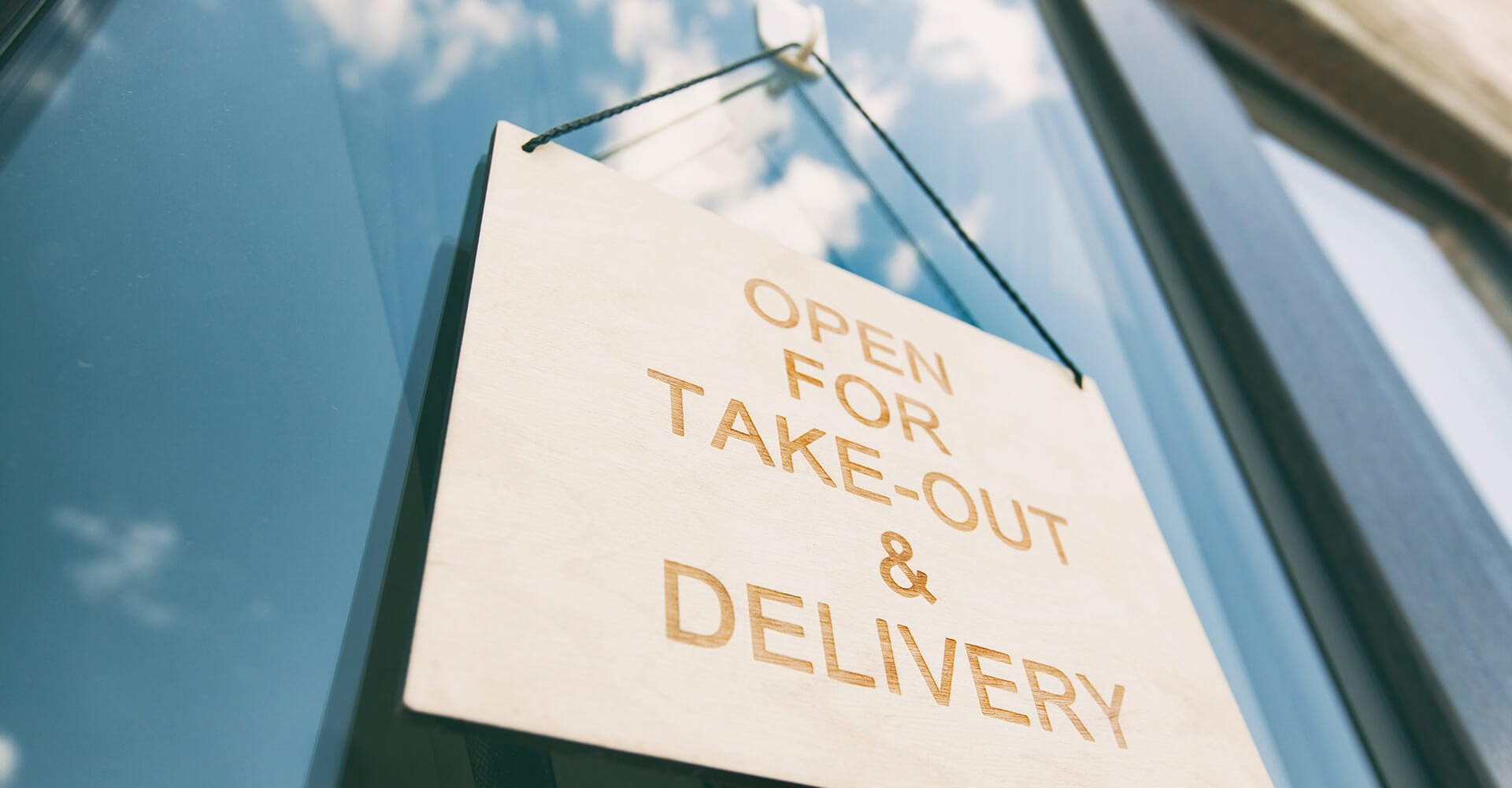5 steps guide: Implementing local SEO on your website
Do you know this? Your colleagues don’t want to eat in the cafeteria again, but they want to have lunch outside the office. Now you search together for a nice restaurant nearby… most of you will google it.
Table of Contents
95% of people google...
…And in many cases, Google shows local results first when displaying search results. For example, for search queries related to products or services that come with the key phrase “near me,” “bistro nearby” would be an example. Google probably knows your location and can conveniently display relevant bistros, bakeries, takeaways, and similar places.
Our little example shows: one of your most important tasks as an SEO manager for a small or medium-sized company is to ensure that Google knows where your company or store is located.
But I'm already doing SEO!
The difference between local SEO and SEO.
The main difference between SEO and local SEO lies in the search results you want to appear in. SEO is about ranking in search results that are not dependent on a specific location (i.e., national or international search results or search queries where the user has not specified their location or Google doesn’t know where they are). On this page, we have summarized the key points for your SEO. Local SEO is relevant for you if you have a geographical radius within which your customers can find you. This is especially true for stores, practices, law firms, restaurants, sports facilities, and others that rely on customer visits. In this case, you want to engage in optimizing your website for region-specific results.
Website optimization for SMEs includes many of the same steps as regular search engine optimization. The additional details you need to know about local SEO and how to implement it will follow in the next few paragraphs.
Local SEO: The 5 most important to-do's
When the Google algorithm decides which websites to consider in local search results, four main factors come into play:
Is your website up-to-date?
Where is your SME located? Is it close to the person searching?
What do you offer, and is it relevant to what your potential customer is looking for?
Is your (online) reputation impeccable?
Excursion SEA: Google Ads Local campaigns for local businesses.
1. Keep your website up-to-date
As an SME, you probably won’t be at the forefront of the latest web developments. That’s not necessary. But your website must meet certain standards. For example, the website’s structure, loading speed, and security are essential for all types of SEO and also for user friendliness. Read more about the 7 elements of successful SEO websites and optimizing SEO through a smart site structure. How Schema and Core Web Vitals support you in this is explained in this article.
2. Help Google understand your location
For Google to know where your business is located and to show you in local search queries, your contact information must appear in the right places on your website. Moreover, your information must match across all platforms (business directory listings, social media, etc.) where you operate.
If they don’t, Google will consider your information unreliable. Google will repeatedly check your information to ensure everything is correct. Google and your potential customers should know how to get in touch with you. Always include your contact details where users would expect to find them.
This is usually in the footer of your website and, of course, on your contact page. For a local business, details such as addresses, phone numbers, geo-coordinates, opening hours, etc., should always be accurate.
The best way to present these details clearly to search engines is by using structured data. Google needs information about your website to place you in local search results.
The key information includes:
- the name of your business
- type of business
- location
- opening hours.
But it’s not enough to place this information on your contact page. You need this data in a specific format – Schema.org – so that Google sees it on each page. We explained more about Schema and its relationship with SEO in this article. It’s essential to add this data in the right format. This can be done, for example, using a plugin. We are big fans of YOAST Local SEO. If you need help with implementation, we are happy to assist.
3. Google My Business listing
If you don’t have a Google My Business listing, you haven’t understood how important Google is. Google My Business is a free profile that you can set up to promote your business in search results and on Google Maps. We set up this profile for all of our agency clients, and the click-through rates are truly impressive! As you can see in the example below, the local radiology practice RIZ Augsburg receives around 22,000 clicks on their Google My Business listing per month. So, your Google My Business listing also helps Google understand where your business is located. Therefore, be sure to provide your address and website in the GMB listing. Moreover, you have various options to make products easily findable in categories, showcase photos, and post updates.
4. Present relevant content on web pages and blog posts
To immediately gain more clicks and readers, you need to rank for relevant keywords and keyphrases. Google sees itself as a broker – it wants to offer the right options for every search query, connecting users with the offers they are looking for. We have summarized how to understand your target audience, research relevant keywords for search engine optimization, and create appealing texts in this article about SEO web texts and SEO blog posts.
5. Your (online) reputation
Engage in your industry and with your customers. If you get people talking about your business, you will reap the rewards, sometimes faster and sometimes slower. Yes, it’s common knowledge: link your website to other relevant websites. There’s a reason Google counts incoming and outgoing links; it signals that you are well-known, and that your website can be well-placed in search results. With a good social media strategy, you can significantly increase traffic to your website. The best strategy: teaser content on the social media channel, full content on the website. Online reviews! More and more buyers rely on recommendations. Moreover, Google reviews are a factor in Google ranking and, therefore, an SEO factor. For this reason, more and more marketing managers prioritize reviews. The Google review stars are the most well-known. Google sometimes includes them in search results, for example, when you promote products. But trustpilot, ProvenExpert, or Facebook reviews are also relevant. In case you receive a negative review, respond to it and solve the customer’s problem. Then ask the customer to change their review once you have done so. If nothing works, we describe the best way to request the removal of a Google review.
6. Google Ads: local campaigns
Google Ads is not directly part of local SEO, as paid advertising falls under SEA, i.e., search engine advertising. Nevertheless, local Google Ads campaigns can help your business quickly gain visibility and clicks, indirectly assisting your local SEO. You can find the key points for successful Google Ads campaigns here. Your goal is to bring potential customers to your business so that they buy from you. With Google’s local campaigns, users located near your business location receive information about your store and inventory. With local inventory ads, you can present users searching for your offering within a proximity of about 50 km with information about products and your store on Google Search. In local inventory ads, users are presented with the product inventory of nearby stores. Visible are, among others:
- Availability
- Product prices
- Opening hours
- Directions, etc.
You can find more information on this in the Google Help section. The benefits of Google Ads are evident – you might want to consider expanding your SEO strategy with this element.
Our conclusion on local SEO
Whether you are standing in the city center and looking for shoes, quickly grabbing some flowers, wanting to see your new tiles in person, or sitting on the sofa that you fell in love with online… in many cases, local SEO is a big help. It helps you find local stores and experts. This is always useful when you need advice or tangible products. So, if your business is a store, practice, law firm, restaurant, or similar, and you want to be found by your customers locally, local SEO is a must. If you implement the points mentioned—keeping your information up-to-date, maintaining your location, providing relevance, and having positive reviews – you will be ahead. For those who want quicker additional results, adding a local campaign with Google Ads might be a good idea. We wish you much success with your local SEO activities – look forward to the success that will undoubtedly follow.
Are you interested in local SEO for your business? We look forward to your non-binding inquiry.




